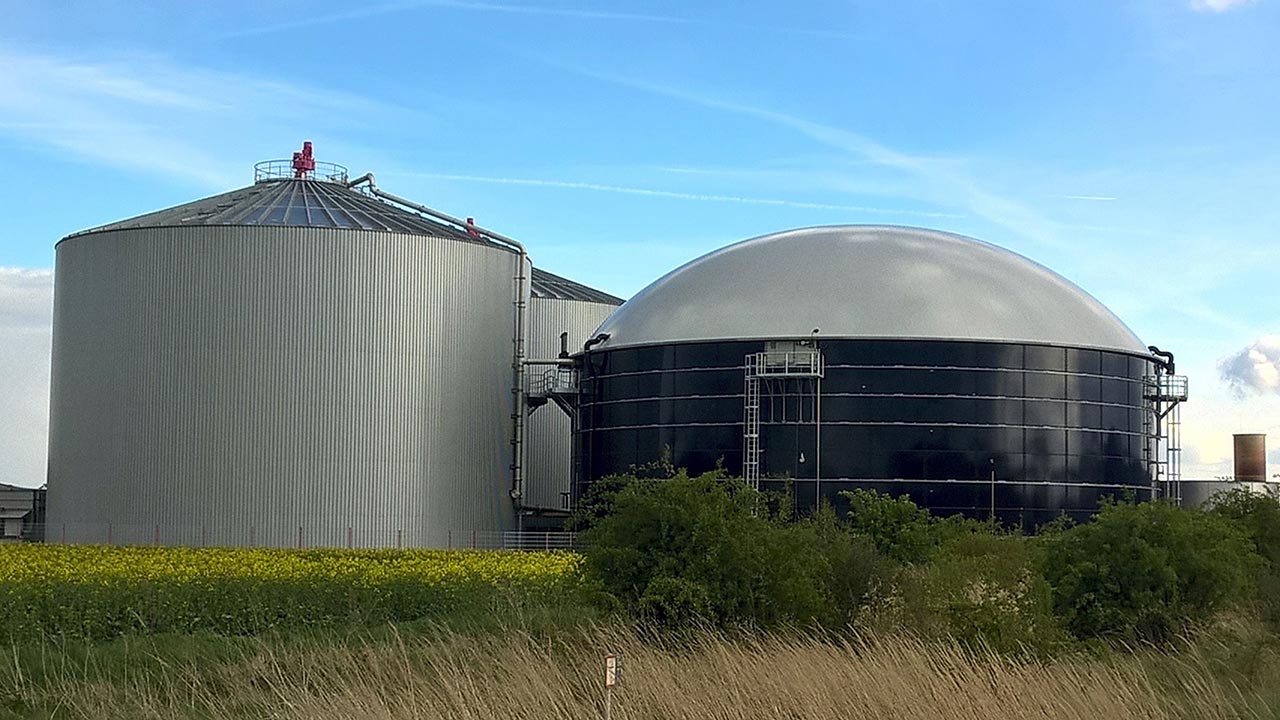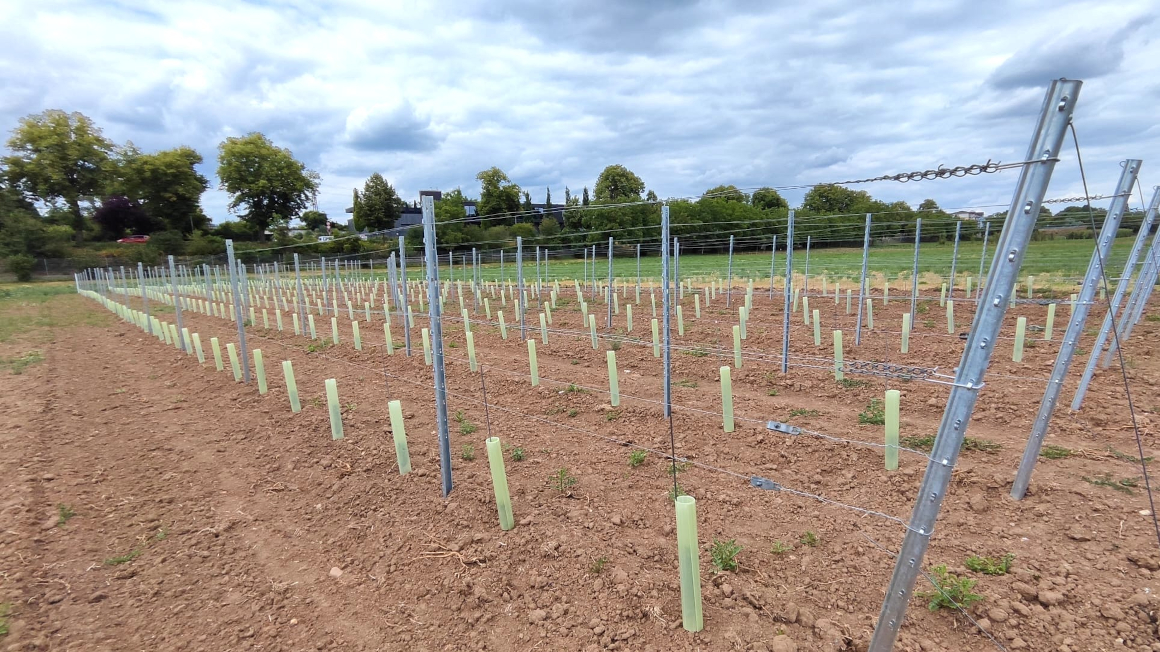High-load digester makes biogas plants more profitable
The fermentation of liquid fractions from residual materials such as liquid manure taps unused biomass potential.

A high-load fermenter as a supplement to the established stirred tank fermenter could make biogas plants more economical. This is the conclusion reached by the Bio-Smart project of Münster University of Applied Sciences and the company PlanET Biogastechnik. This is because the high water content of residual materials such as liquid manure not only requires large fermentation tanks in conventional plants, but also a lot of heating energy.
Database on 570 suitable substrates and their biogas yields
A high-load digester, on the other hand, retains and enriches the microorganisms required for digestion. This enables higher throughput rates, shorter retention times and thus smaller tanks, reducing operating and investment costs. The most suitable raw materials are pig and cattle manure and sugar beet juice, but also glycerine, which is a byproduct of biodiesel production, and wastewater containing starch.
On a semi-industrial scale, the project participants carried out trials with various promising substrate-reactor combinations. The liquid phase of the substrates was treated in the high-load fermenter, the solid phase in the stirred tank fermenter. The result is a database with more than 570 basically suitable substrates and their biogas yields. The researchers were also able to determine the best constellation. According to the results, the most favorable reactor type is the EGSB reactor (Expanded Granular Sludge Bed), which is already established in biological wastewater treatment. The best substrate is a mixture of pig and cattle slurry, which was added as a high-calorific residual material.
Short residence times, adaptable biogas production
Depending on the substrate, the optimum residence time in the high-load fermenter is four to twelve days. However, the researchers were able to reduce this time to one day without restricting the process too much. Another advantage of the fermenter combination is that gas production can be adapted to demand by adding the easily degradable substrate to the high-load fermenter at the appropriate time.
Last but not least, the project team used its findings to develop a program that can calculate for existing biogas plants what costs and revenues would look like for different process concepts. With the help of the software, operators can also optimize the process parameters economically.
Demonstration project at the Saerbeck Bioenergy Park
PlanET Biogastechnik in Münsterland, Germany, has proven that the concept actually works: There, the company successfully installed a test plant for high-load fermentation in an existing biogas plant at the Saerbeck Bioenergy Park. The project was funded by the German Federal Ministry of Agriculture.
bl


